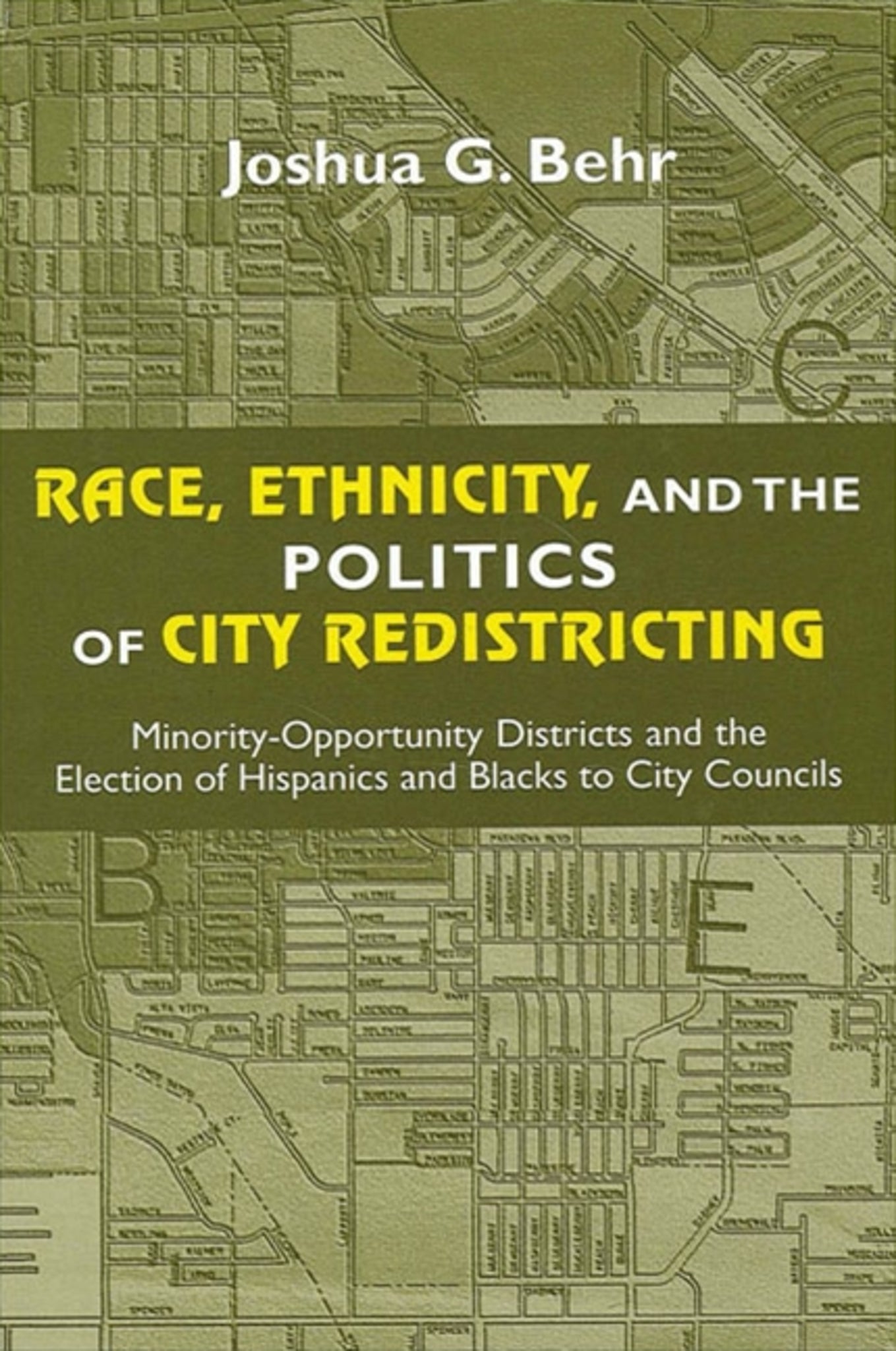We're sorry. An error has occurred
Please cancel or retry.
Race, Ethnicity, and the Politics of City Redistricting

Some error occured while loading the Quick View. Please close the Quick View and try reloading the page.
Couldn't load pickup availability
- Format:
-
11 March 2004

Nationwide study of the proposal and adoption of minority-opportunity districts at the local level.
Why do cities with similar minority populations vary greatly in the adoption of minority-opportunity districts and, by extension, differ in the number of elected Hispanic and black representatives? Through in-depth research of the districting processes of more than 100 cities, Race, Ethnicity, and the Politics of City Redistricting provides the first nationwide study of minority-opportunity districts at the local level. Joshua G. Behr explores the motives of the players involved, including incumbent legislators, Department of Justice officials, and organized interests, while investigating the roles that segregation, federal oversight, litigation, partisan elections, and resource disparity, among others, play in the election of Hispanics and blacks. Behr's book documents-for both theorists and practitioners-the necessary conditions for enhancing minority-opportunity districts at the local level.


List of Tables and Figures
Acknowledgments
1. The City: Stepchild of Redistricting Controversies
2. Making the Connection: The Links among System Aptitude, Minority-Opportunity Districts, and the Election of Hispanics and Blacks
3. Players in the Politics of "Selling" Minority-Opportunity Districts: Self-Serving Incumbents, the Feds, and Organized Interests
4. The Design: Review of Hypothesized Relationships, Data Sources, and Measurement of Variables
5. The Adoption of Hispanic and Black Minority-Opportunity Districts: Model Testing and Findings
6. The Election of Hispanic and Black Descriptive Representatives: Model Testing and Findings
7. Conclusion: The Meaning of Meaningful Electoral Opportunity
Appendix A: Survey Design and Sample Questionnaires
Appendix B: Cities Surveyed
Appendix C: Cases Cited
Appendix D: Operational Definition of Region
Notes
Bibliography
Author Index
Subject Index



